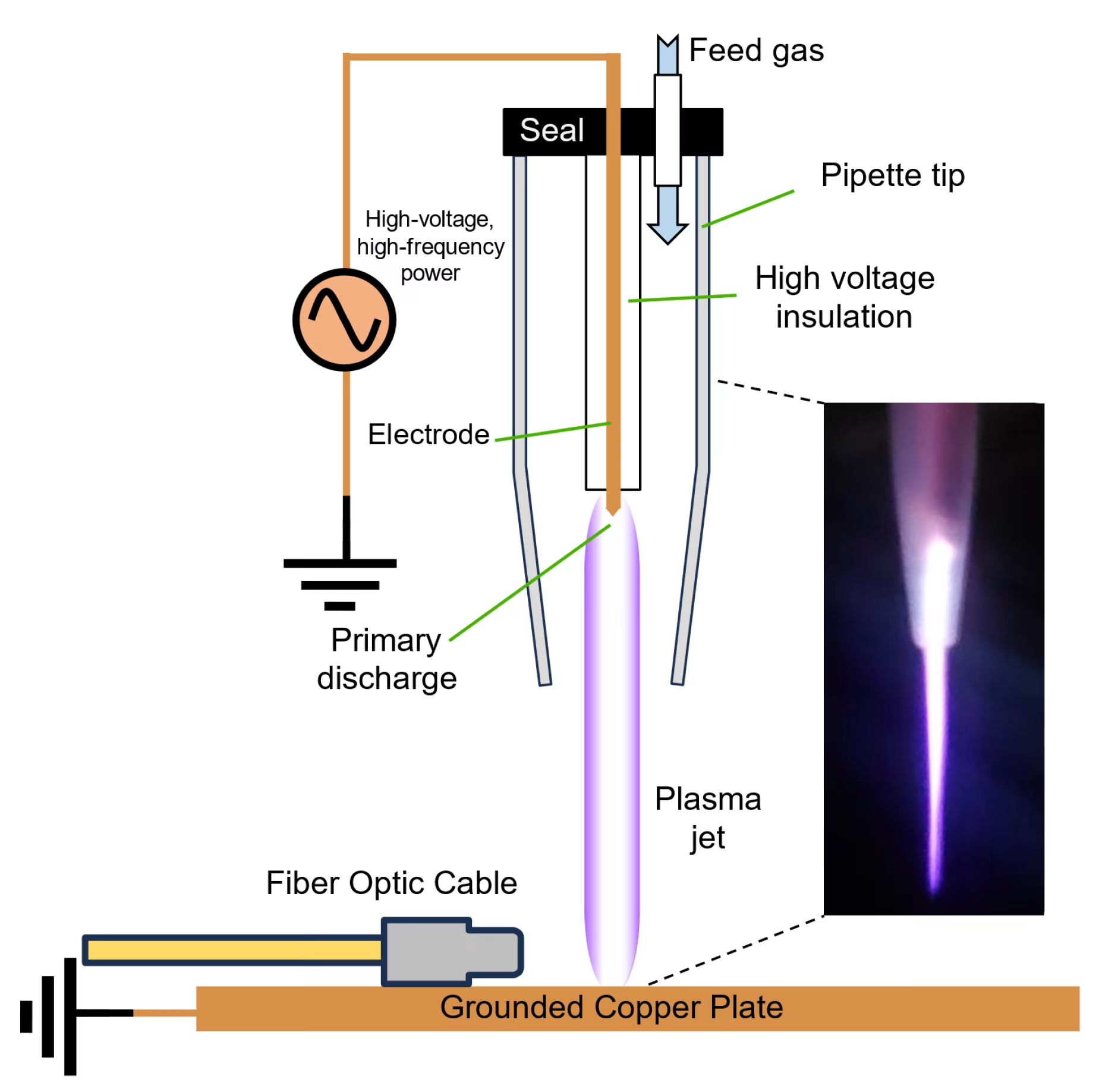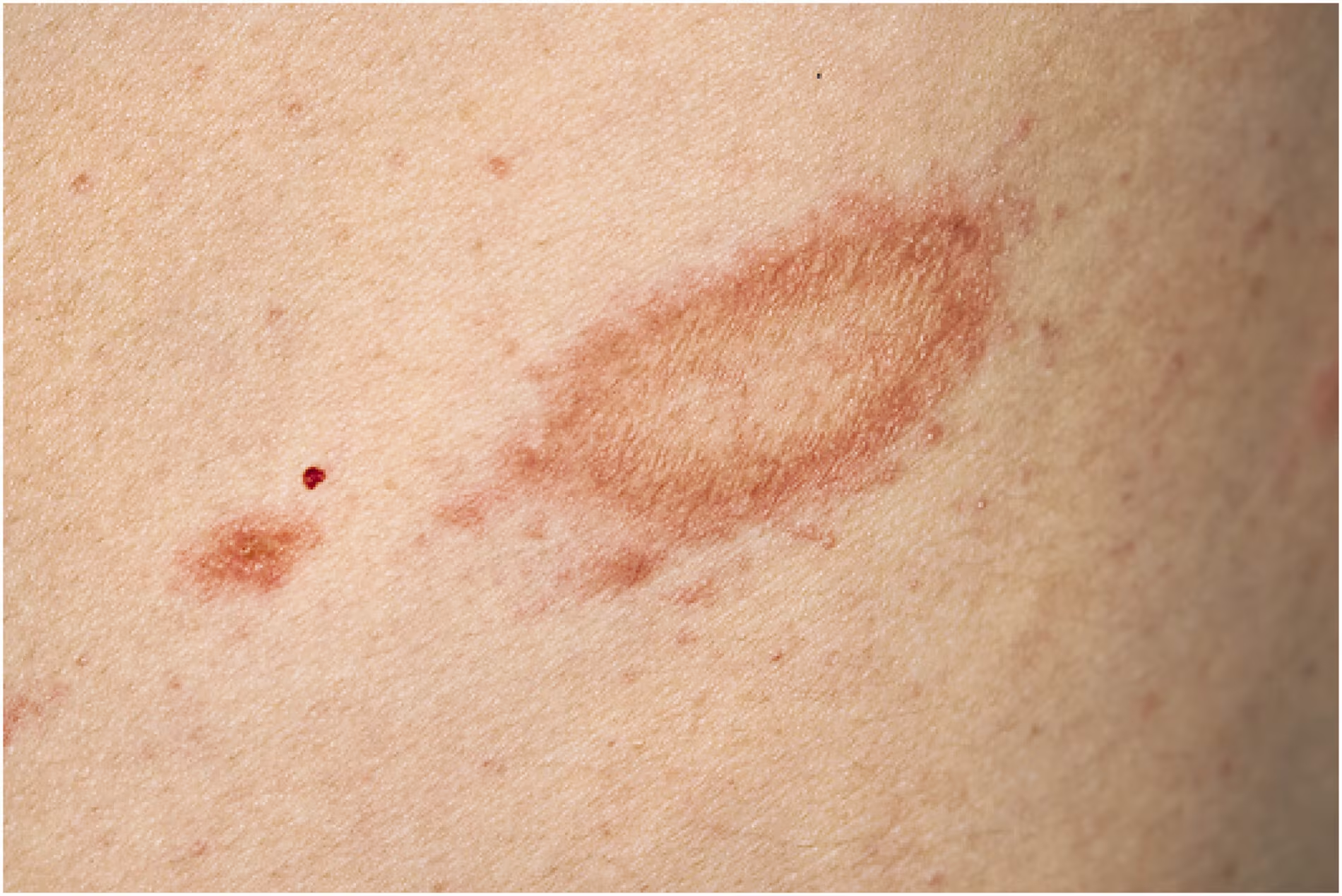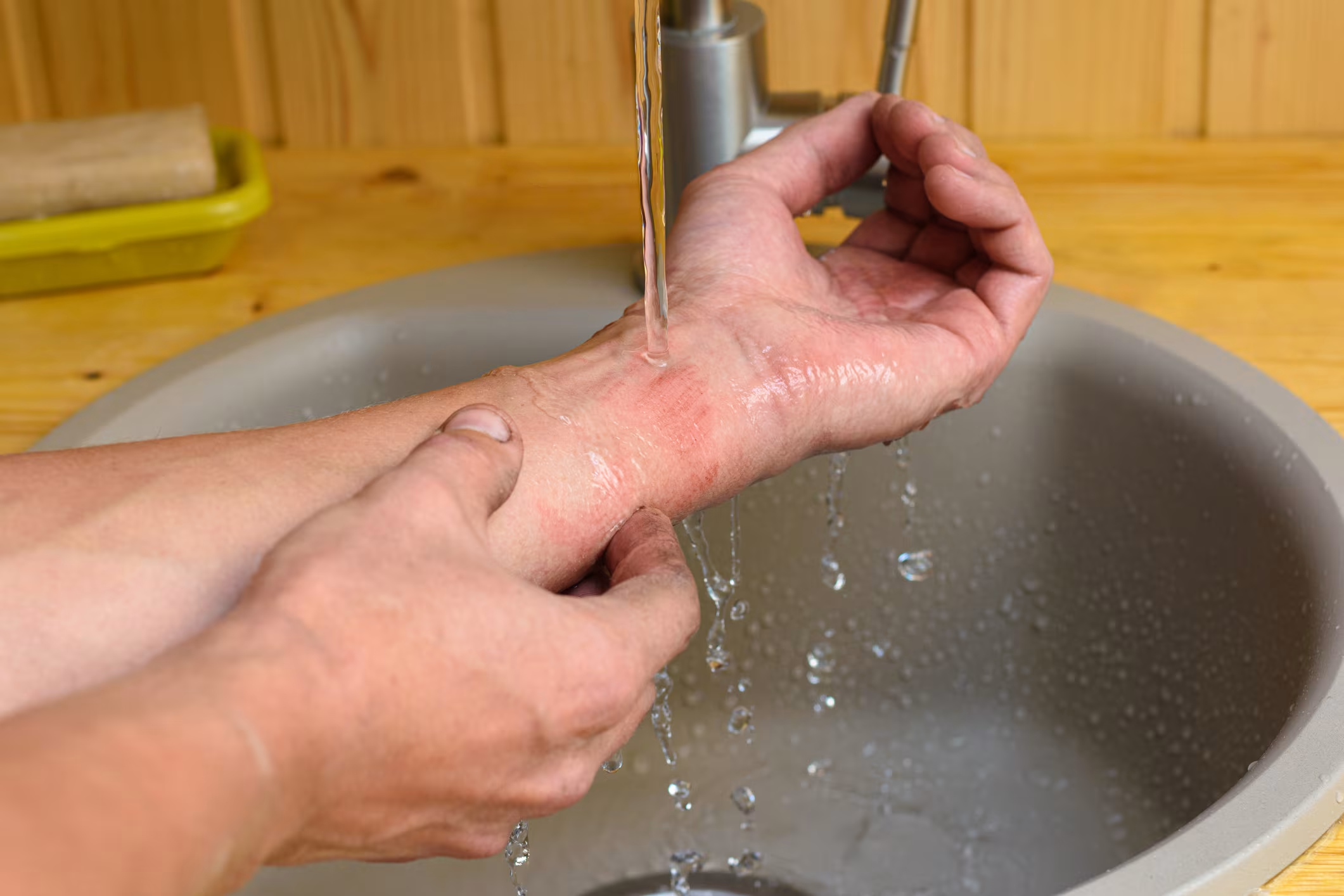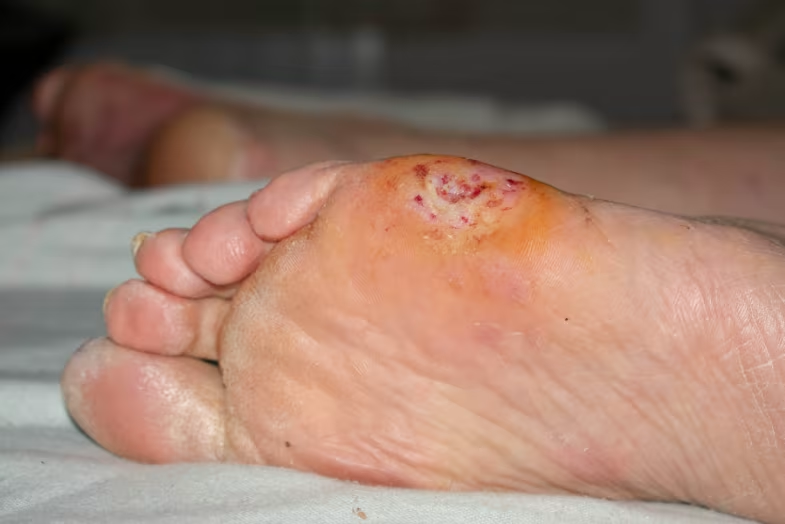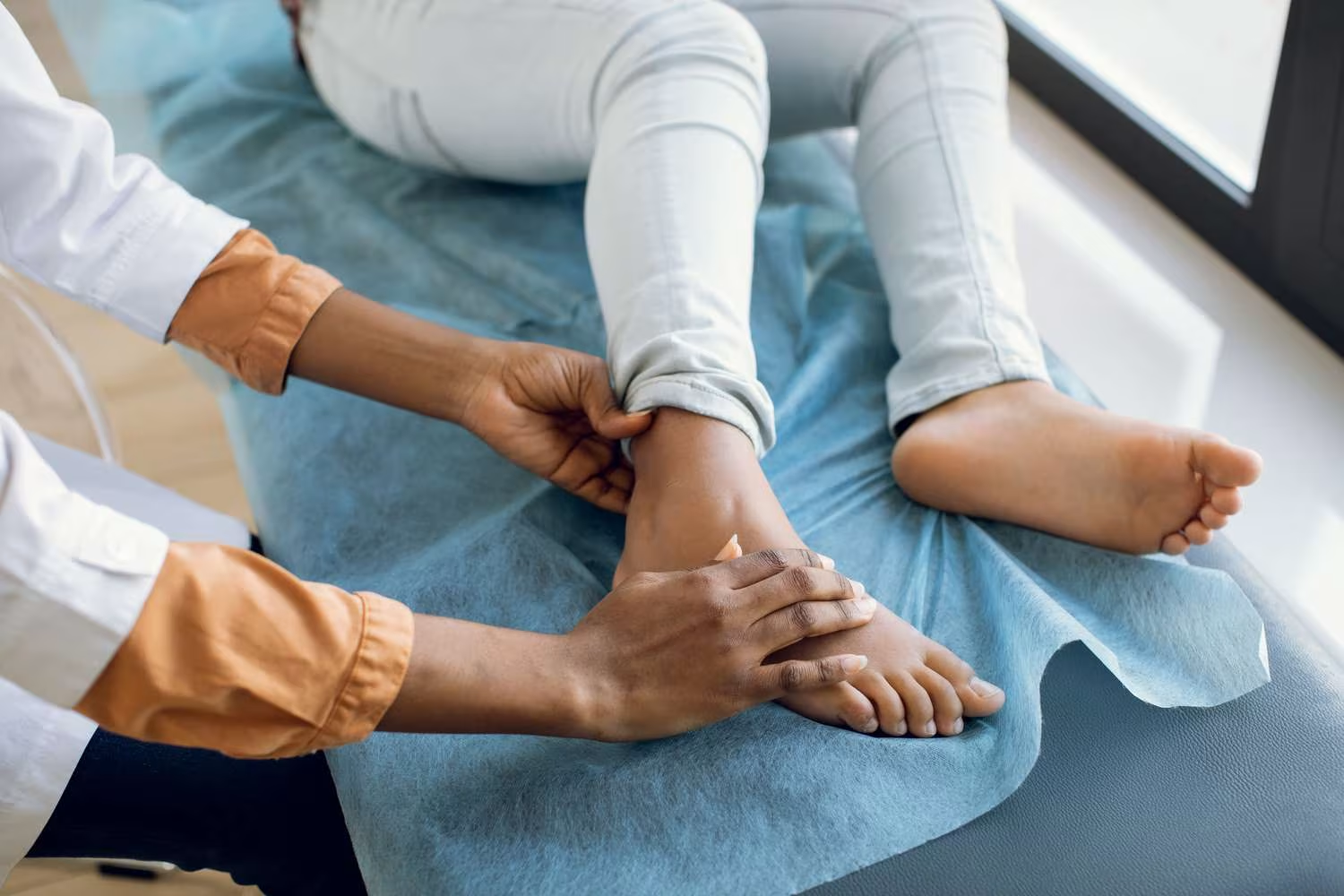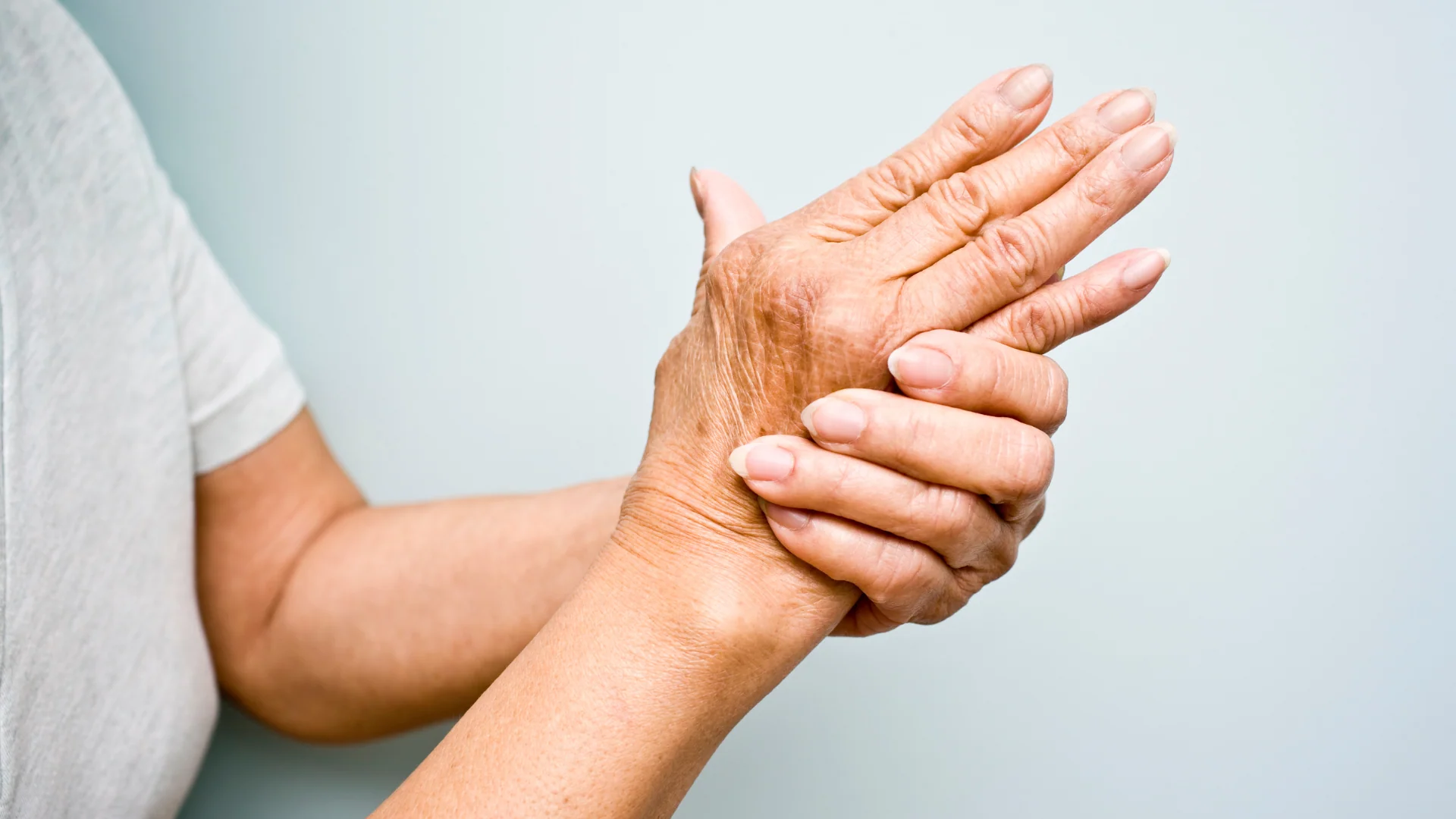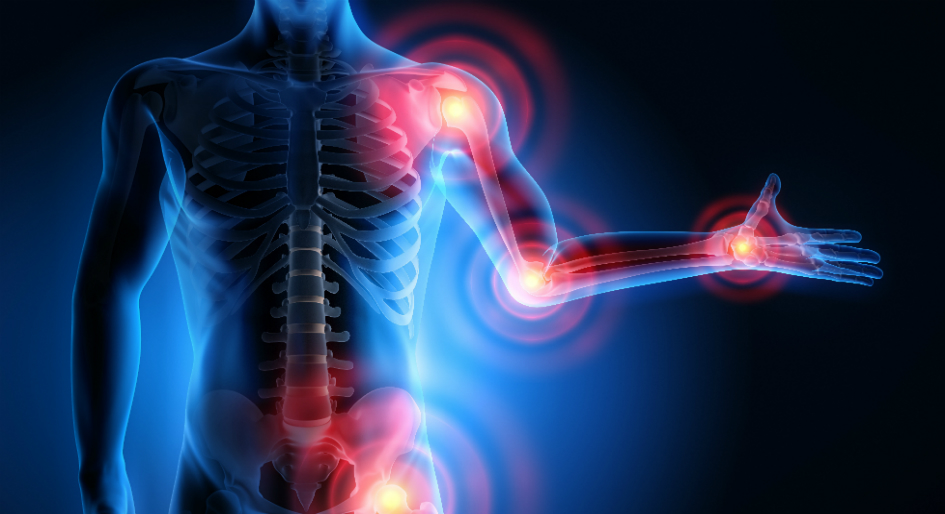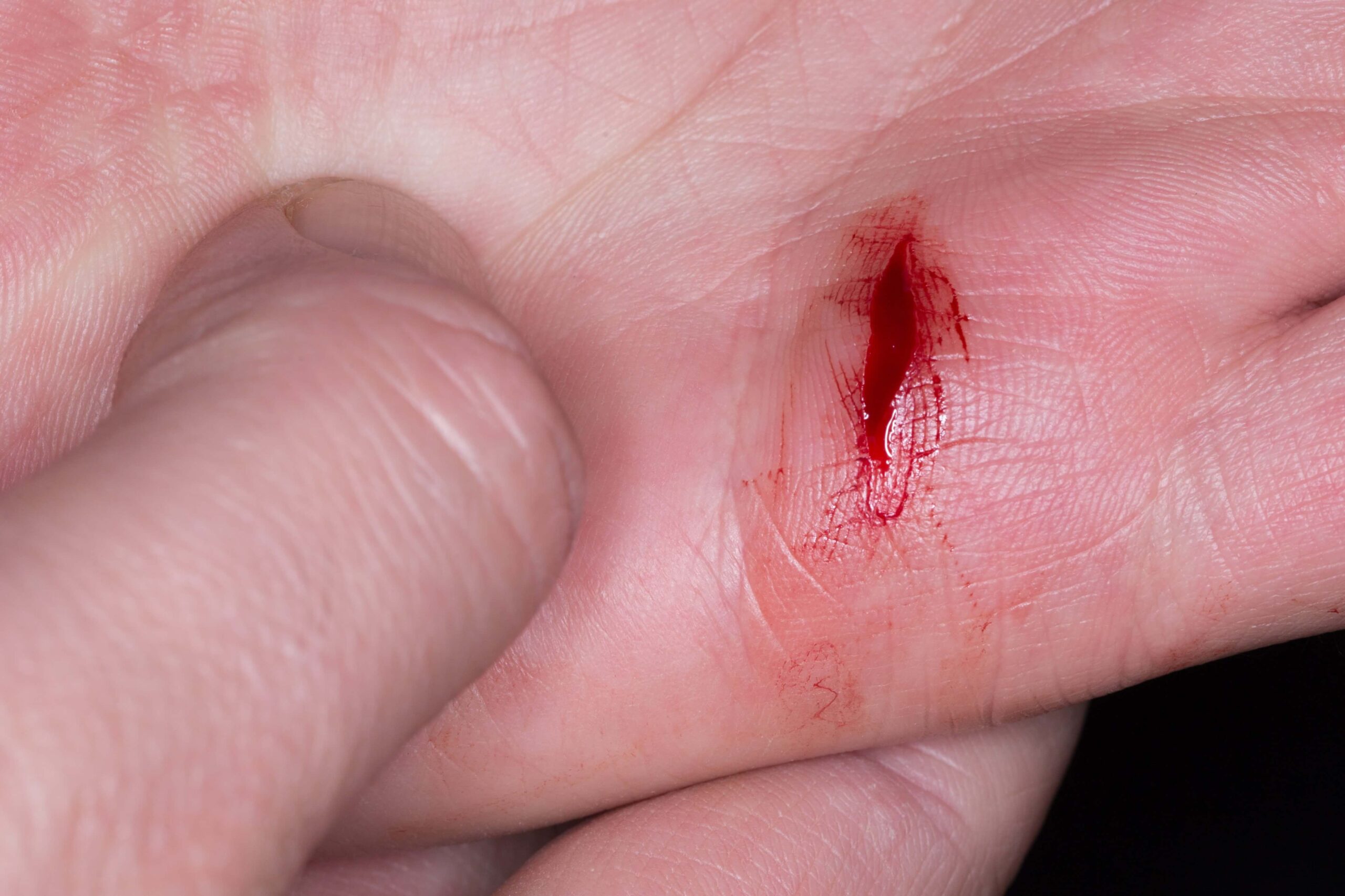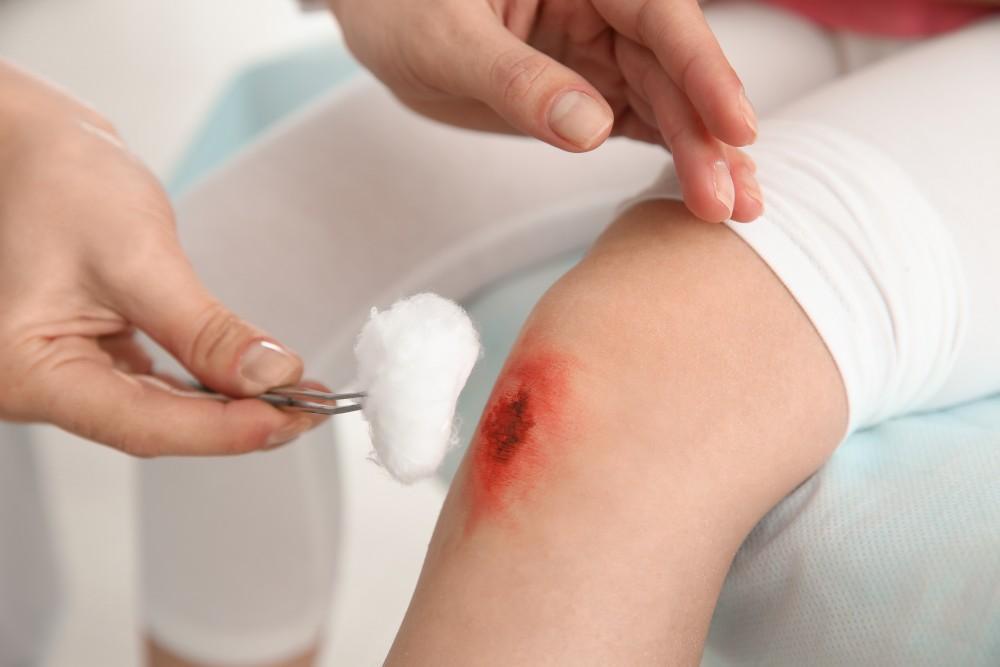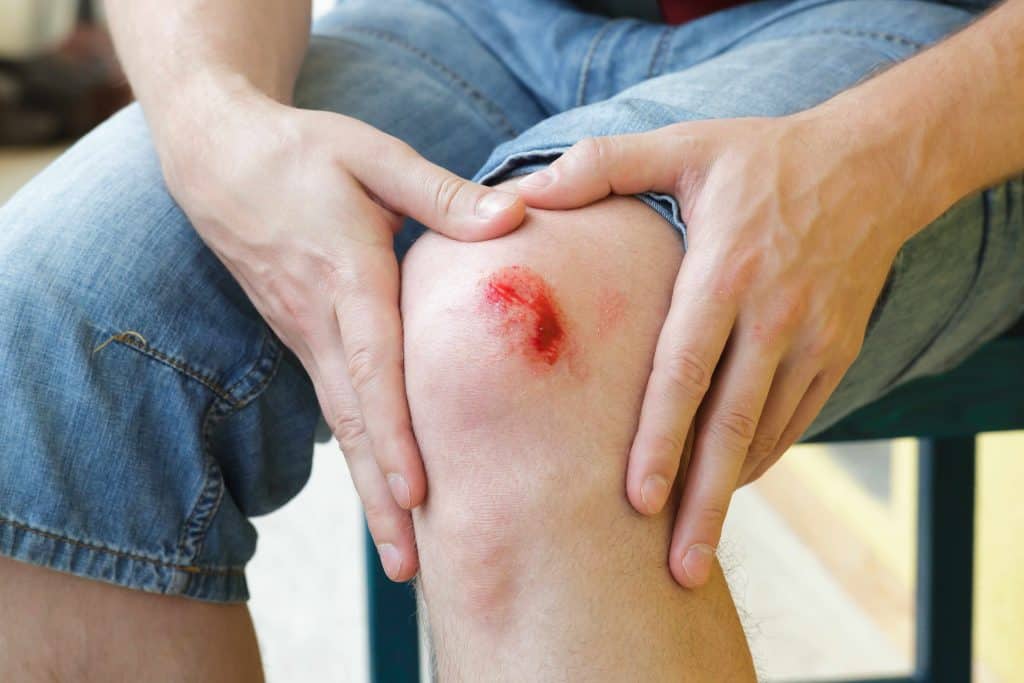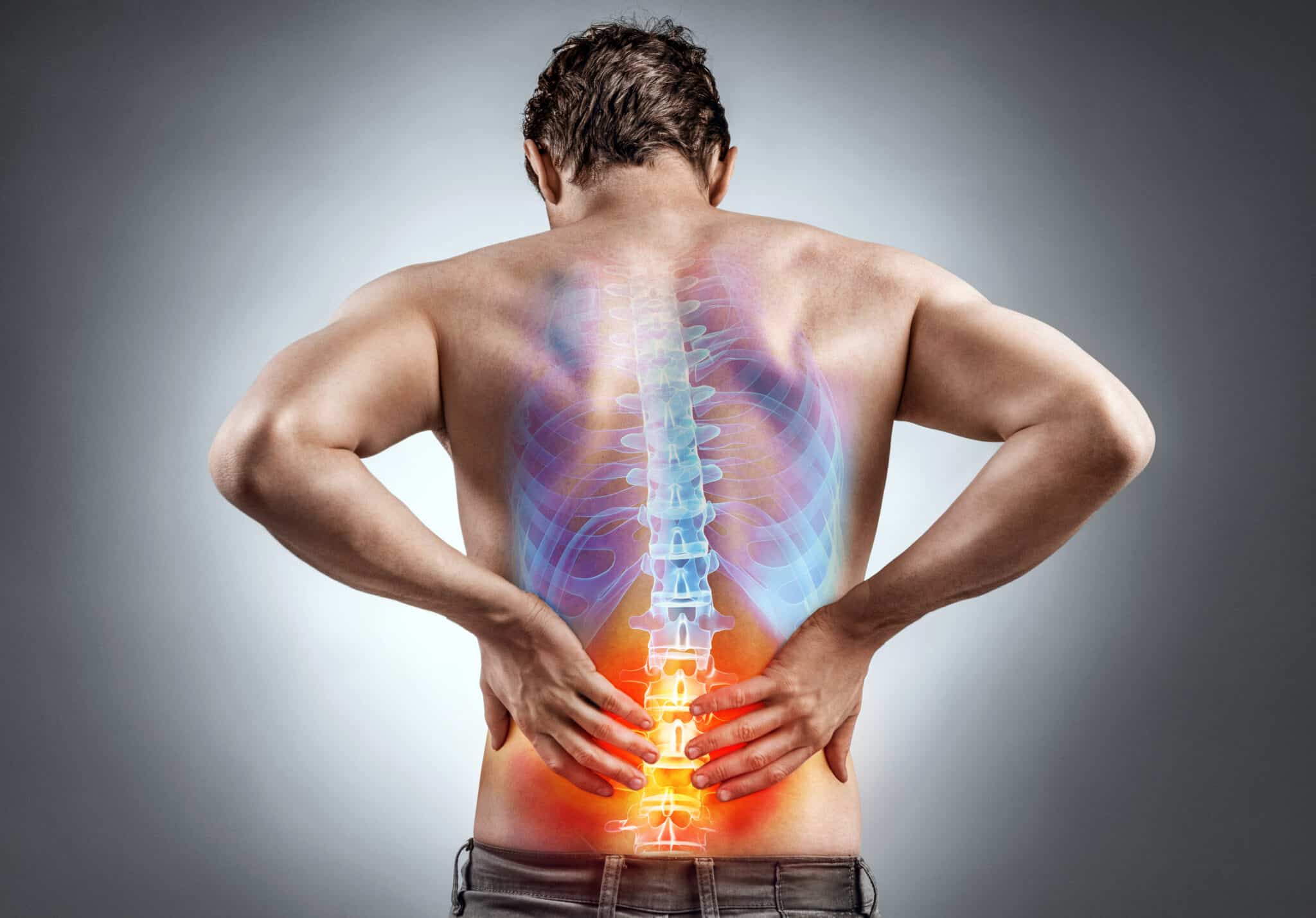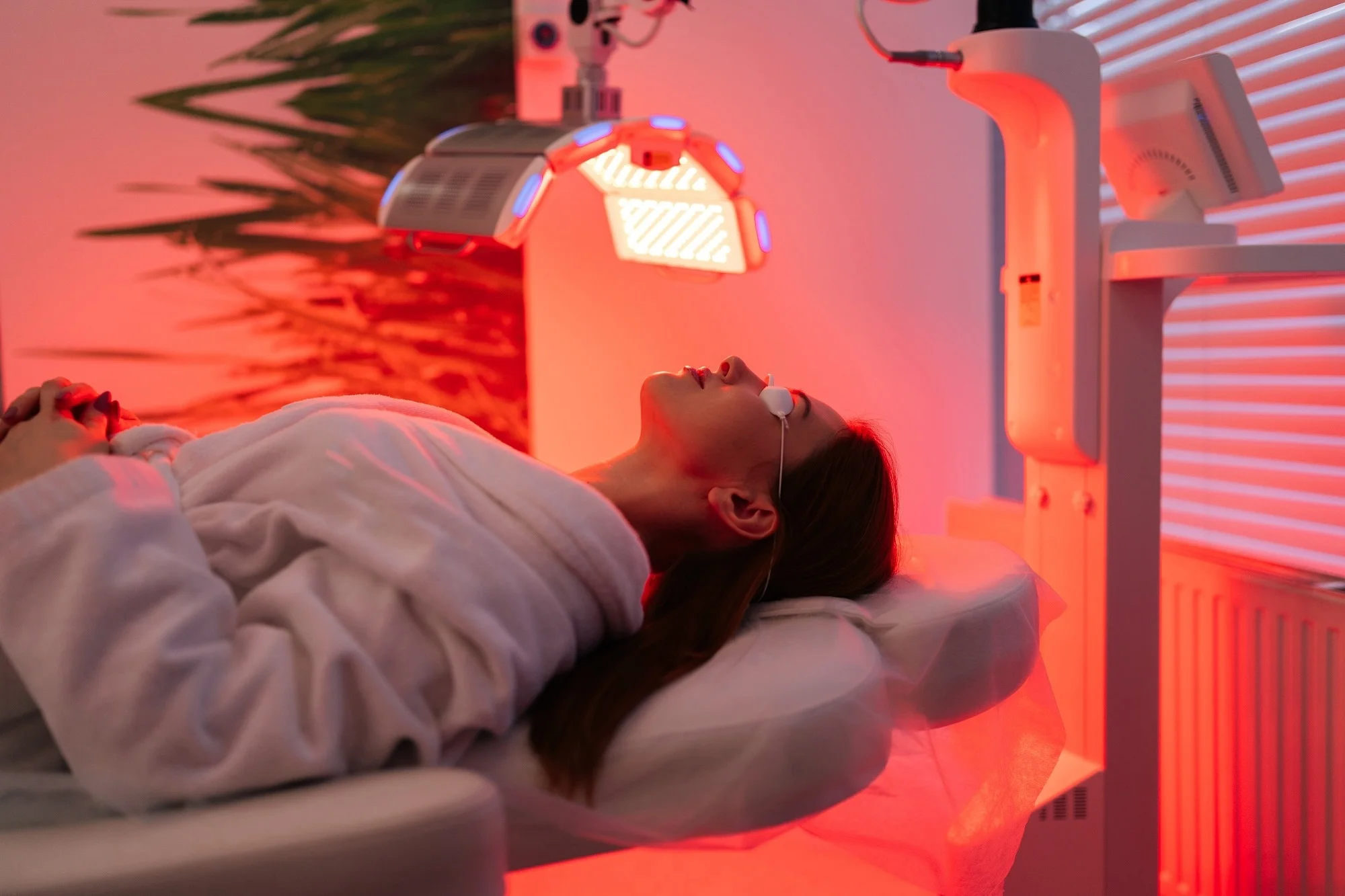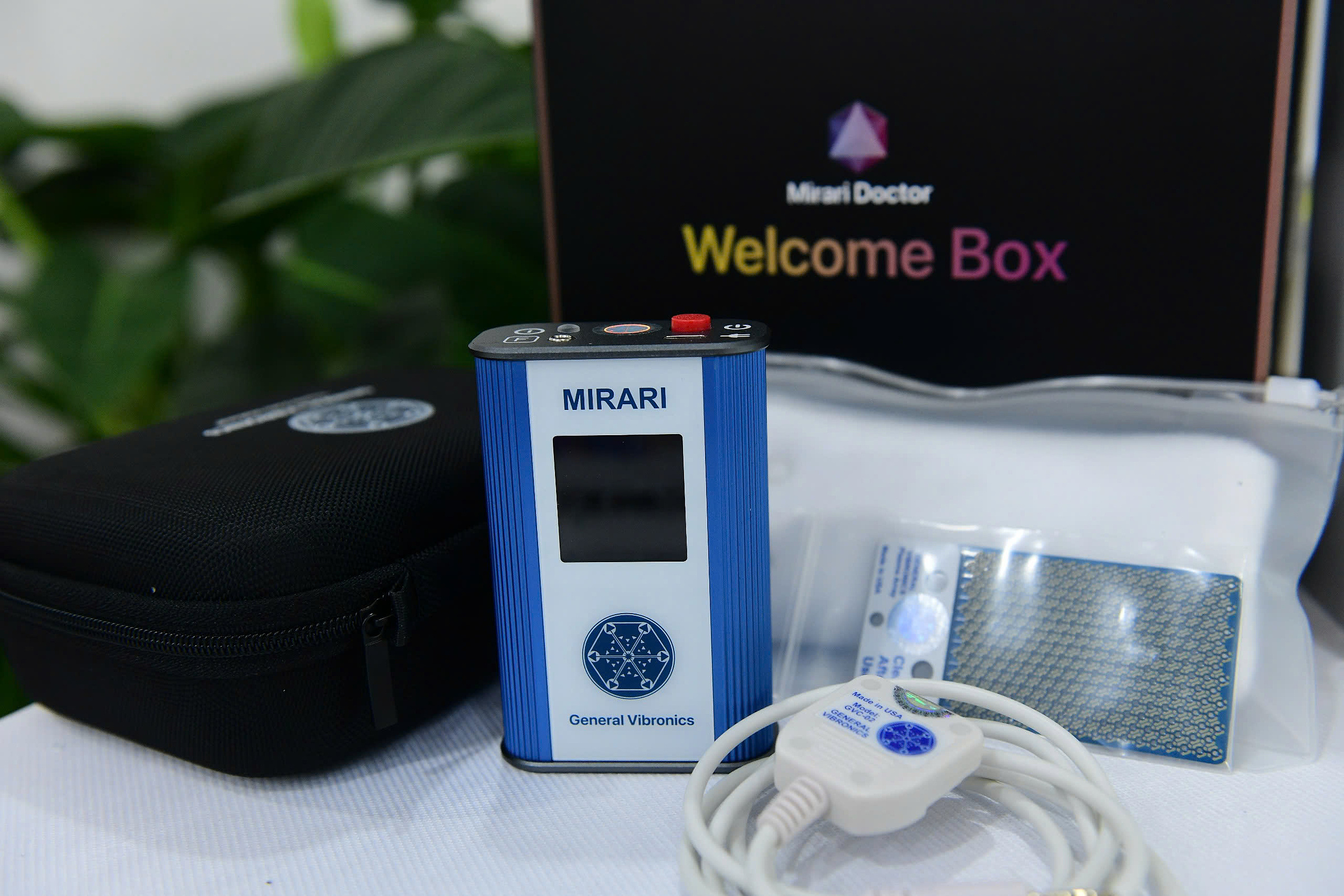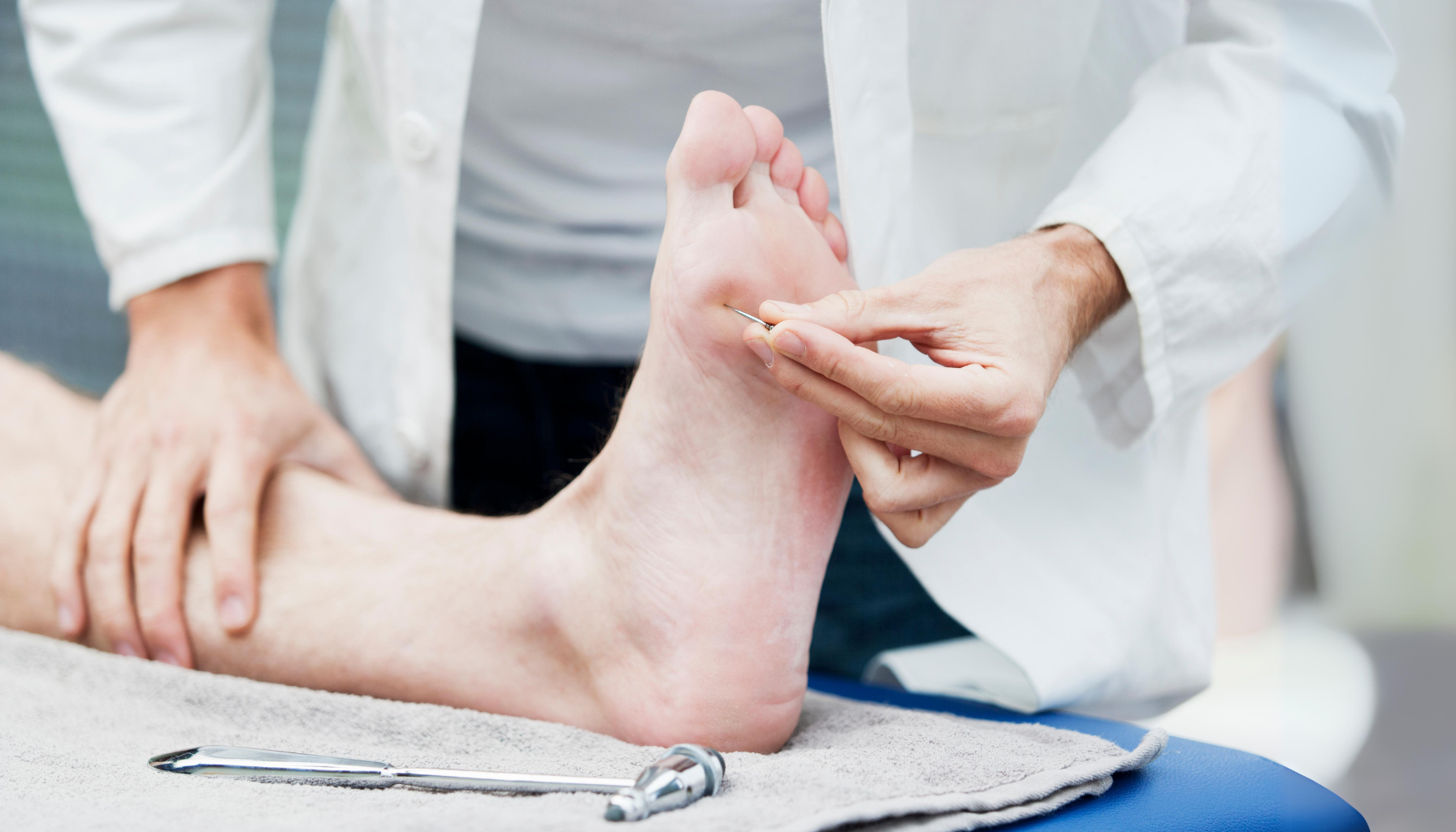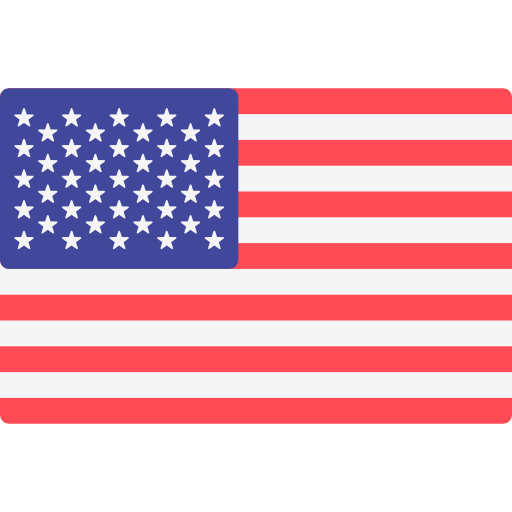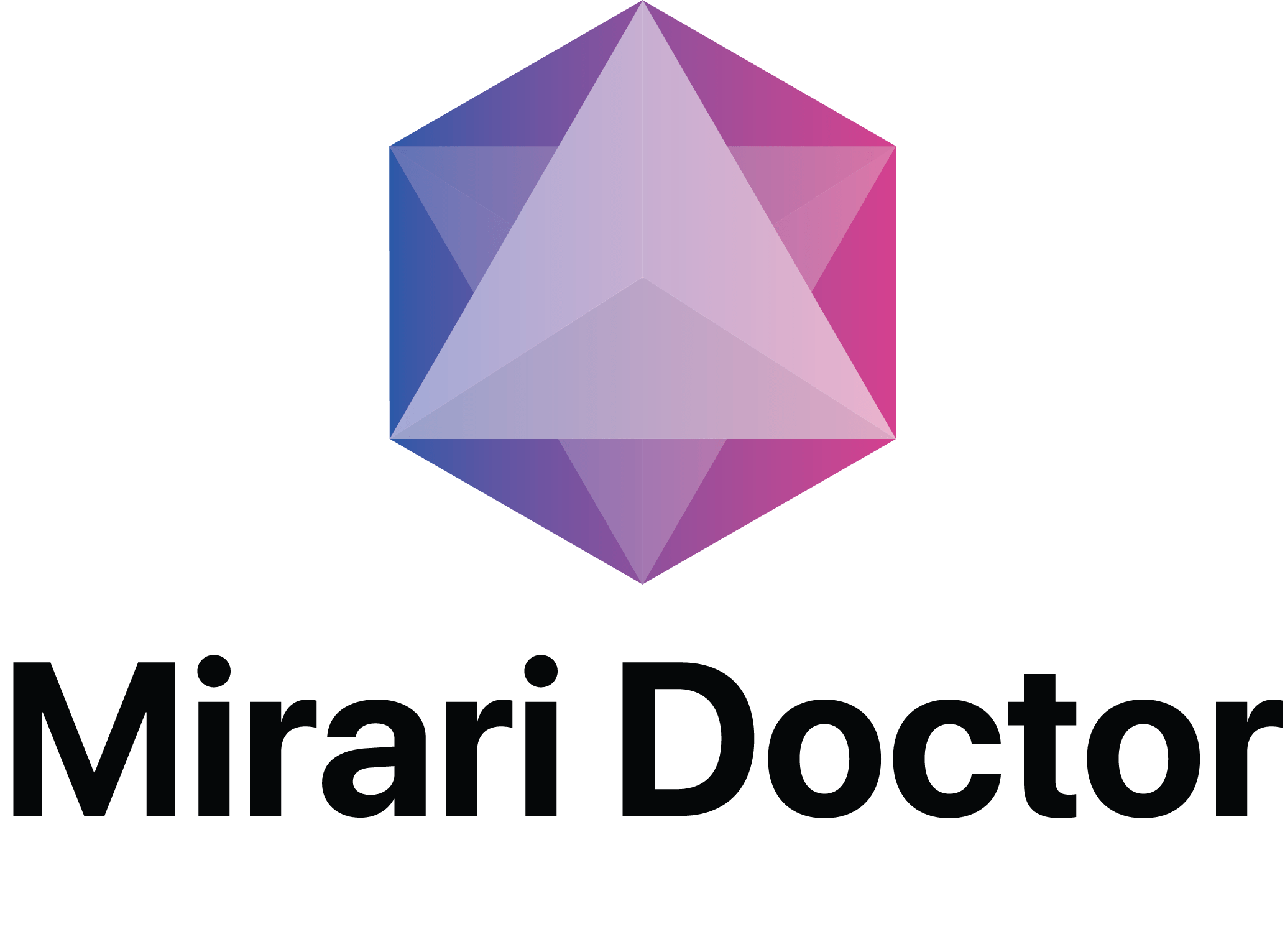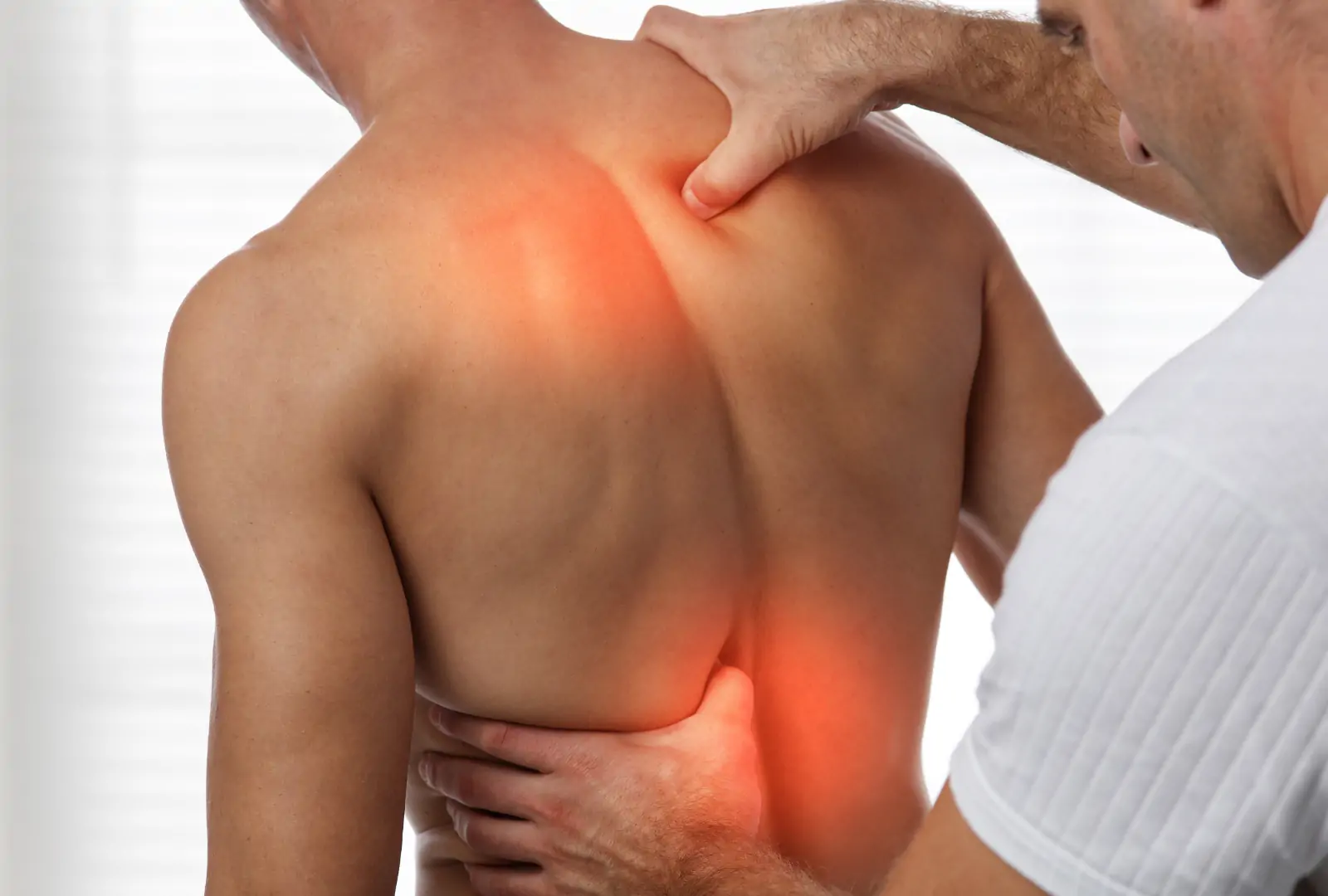
You May Be Interested In:
- Abductor Hallucis Strain Treatment: Complete Guide
- Pain Relief: Complete Guide to Effective Treatment Options
- Chronic Pain Relief: Revolutionary Cold Plasma Breakthrough
- Muscle Spasm Treatment Revolution: Advanced Cold Plasma Technology for Complete Relief
- Cold Plasma in Pain Relief: Revolutionary Non-Invasive Treatment for Chronic and Acute Pain
Remedies for a pulled back musclerequire immediate action to reduce pain, inflammation, and promote healing. A pulled back muscle, medically known as a muscle strain, occurs when muscle fibers are overstretched or torn, causing sharp pain, stiffness, and muscle spasms that can significantly impact daily activities[1].Primary causesinclude lifting heavy objects improperly, sudden movements, poor posture, overuse, and muscle weakness or imbalance[2].Immediate treatment stepsinvolve rest, ice application for the first 24-48 hours, compression, and elevation (RICE protocol), followed by heat therapy and gentle stretching[3].Critical warning signsrequiring emergency medical attention include severe pain with fever, numbness or tingling, inability to move the affected area, or loss of bowel/bladder control[4]. Most pulled back muscles heal within7-14 dayswith proper treatment, though severe strains may require 4-6 weeks of recovery with advanced therapies like cold plasma treatment showing promising results[5].
Understanding Pulled Back Muscle Injuries
Apulled back muscleoccurs when muscle fibers stretch beyond their normal capacity or tear partially or completely. This injury can affect any of the numerous muscles supporting the spine, from the superficial latissimus dorsi to the deep multifidus muscles.
Types of Back Muscle Strains
- Grade 1 strainsinvolve minor stretching with minimal damage to muscle fibers. These create mild pain, slight swelling, and minimal loss of function. Mostremedies for a pulled back muscleat this level focus on rest and gentle movement[2].
- Grade 2 strainsinvolve partial tearing of muscle fibers, causing moderate pain, swelling, and noticeable functional limitation. These injuries require more comprehensive treatment approaches including physical therapy and extended recovery periods[2].
- Grade 3 strainsrepresent complete muscle tears with severe pain, significant swelling, and substantial loss of function. These injuries often require medical intervention and may need surgical repair in extreme cases[2].
Common Locations of Back Muscle Injuries
- Lower back strainsaffect the lumbar region and are the most common type of back muscle injury. These typically involve the erector spinae muscles and can cause radiating pain into the buttocks and legs[6].
- Upper back strainsimpact the thoracic region, often affecting the trapezius and rhomboid muscles. These injuries commonly result from poor posture, repetitive motions, or sudden movements[6].
- Middle back strainsinvolve the mid-thoracic muscles and can be particularly challenging to treat due to their deep location and role in spinal stabilization[6].
| Strain Grade | Symptoms | Recovery Time | Treatment Approach |
|---|---|---|---|
| Grade 1 | Mild pain, minimal swelling | 7-14 days | Rest, ice, gentle movement |
| Grade 2 | Moderate pain, noticeable swelling | 2-6 weeks | Physical therapy, advanced treatments |
| Grade 3 | Severe pain, significant dysfunction | 6-12 weeks | Medical intervention, possible surgery |
Immediate Remedies for a Pulled Back Muscle
Quick action is crucial when dealing with a pulled back muscle. The rightremedies for a pulled back muscleimplemented immediately can significantly reduce pain and accelerate healing.
Ice Therapy Protocol
Cold therapyrepresents the first line of treatment for acute muscle strains. Apply ice packs wrapped in a towel to the affected area for 15-20 minutes every 2-3 hours during the first 24-48 hours[5]. This reduces inflammation, numbs pain, and prevents further tissue damage.
Clinical evidence shows thatcryotherapyhelps reduce blood flow to the injured area, which minimizes swelling and provides immediate pain relief. The faster you apply cold therapy, the more effective it becomes in controlling the inflammatory response[4].
Heat Therapy Application
Heat therapybecomes beneficial 48-72 hours after injury, once initial inflammation subsides. Apply heat packs for 15-20 minutes, 3-4 times daily to increase blood circulation, relax muscle tension, and promote healing[5].
Heat therapy is particularly effective before movement or stretching activities, as it helps prepare the muscles for activity and reduces stiffness. Electric heating pads, hot water bottles, or warm baths all provide therapeutic benefits[1].
Compression and Support
Compression therapyusing elastic bandages or specialized back braces can provide support and reduce swelling. However, avoid overly tight compression that restricts blood flow or normal movement[8].
Compression helps reduce edema and provides proprioceptive feedback that can improve muscle function during healing. Modern compression systems incorporate intermittent pneumatic compression to enhance therapeutic benefits[4].
Advanced Treatment Options for Muscle Strains
Modern medicine offers innovativeremedies for a pulled back musclethat go beyond traditional approaches, providing faster healing and better outcomes for patients.
Cold Plasma Therapy Breakthrough
Cold plasma therapyrepresents a revolutionary approach to treating muscle strains. Available through Mirari Doctor (miraridoctor.com), this technology has demonstrated significant clinical outcomes in treating soft tissue injuries[7]. The therapy works by generating controlled reactive oxygen and nitrogen species that promote healing while reducing inflammation.
Clinical research shows thatcold plasma treatmentcan reduce pain intensity scores by 30-50% in conditions involving superficial tissues, with particularly pronounced effects in muscle injuries. The technology’s ability to modulate neural pathways while promoting tissue regeneration makes it especially valuable for pulled back muscles[7].
TheMirari Cold Plasma Systemutilizes proprietary nitric oxide delivery that helps reduce inflammation and accelerate healing without the risks associated with pharmaceutical interventions. Treatment sessions typically last 10-15 minutes and can provide both immediate pain relief and long-term healing benefits[7].
Pharmaceutical Interventions
- Nonsteroidal anti-inflammatory drugs (NSAIDs)like ibuprofen, naproxen, and aspirin reduce inflammation and provide pain relief for pulled back muscles. These medications work by blocking enzymes that produce inflammatory compounds[5].
- Muscle relaxantsmay be prescribed for severe muscle spasms associated with back strains. These medications help reduce muscle tension and improve comfort during the healing process[5].
- Topical pain relieverscontaining menthol or capsaicin can provide localized relief without systemic side effects. These preparations work by interfering with pain signals at the application site[1].
| Treatment Option | Effectiveness | Time to Relief | Duration of Effect |
|---|---|---|---|
| Cold Plasma Therapy | 85-95% pain reduction | Within minutes | Days to weeks |
| Ice Therapy | 60-70% pain reduction | 15-20 minutes | 2-3 hours |
| Heat Therapy | 70-80% muscle relaxation | 10-15 minutes | 3-4 hours |
| NSAIDs | 50-70% pain reduction | 30-60 minutes | 4-6 hours |
Exercise and Movement Therapies
Proper movement and exercise form crucial components of effectiveremedies for a pulled back muscle. Early mobilization, when appropriate, prevents muscle stiffness and promotes healing.
Gentle Stretching Protocols
- Knee-to-chest stretcheshelp relieve lower back muscle tension. Lie on your back, pull one knee toward your chest, hold for 15-30 seconds, and repeat with the other leg[2].
- Cat-cow stretchesimprove spinal flexibility and reduce muscle tension. Start on hands and knees, arch your back toward the ceiling, then dip it toward the floor in a controlled motion[1].
- Child’s poseprovides gentle stretching for the entire back. Kneel with big toes touching, sit back on heels, and reach arms forward while lowering your head to the ground[1].
Progressive Strengthening
- Core strengthening exerciseshelp prevent future back injuries by improving spinal stability. Begin with gentle exercises like pelvic tilts and progress to more challenging movements as healing progresses[8].
- Walking programsrepresent excellent low-impact exercise for back muscle recovery. Start with 10-15 minutes of gentle walking and gradually increase duration as tolerance improves[2].
- Swimming and water aerobicsprovide therapeutic exercise with reduced joint stress. The buoyancy of water supports body weight while allowing for pain-free movement[1].
Physical Therapy Interventions
- Professional physical therapyoffers specialized treatments including manual therapy, therapeutic exercise, and modalities like ultrasound or electrical stimulation. These interventions can significantly improve outcomes for pulled back muscles[8].
- Massage therapyhelps reduce muscle tension, improve circulation, and promote healing. Professional massage or self-massage techniques using tennis balls or foam rollers can provide significant relief[2].
Risk Factors and Prevention Strategies
Understanding risk factors helps implement effectiveremedies for a pulled back musclewhile preventing future injuries.
Lifestyle Risk Factors
- Poor posturerepresents a major risk factor for back muscle strains. Prolonged sitting, especially with forward head posture, places excessive stress on back muscles[1].
- Sedentary lifestyleleads to muscle weakness and reduced flexibility, making individuals more susceptible to injury during physical activities[8].
- Improper lifting techniquescause many back muscle strains. Always lift with your legs, keep the load close to your body, and avoid twisting motions while lifting[8].
Medical Risk Factors
- Age-related changesin muscle elasticity and strength increase injury risk. Older adults should take extra precautions when engaging in physical activities[8].
- Previous back injuriescreate scar tissue and muscle imbalances that predispose to future strains. Proper rehabilitation and ongoing maintenance exercises are essential[8].
- Muscle imbalancesbetween opposing muscle groups can create instability and increase injury risk. Regular assessment and corrective exercises help maintain proper balance[8].
| Risk Factor | Impact Level | Prevention Strategy | Effectiveness |
|---|---|---|---|
| Poor Posture | High | Ergonomic improvements | 70-80% reduction |
| Weak Core | High | Strengthening exercises | 60-70% improvement |
| Sedentary Lifestyle | Moderate | Regular activity | 50-60% benefit |
| Improper Lifting | High | Technique training | 80-90% prevention |
When to Seek Professional Medical Care
While manyremedies for a pulled back musclecan be managed at home, certain situations require professional medical evaluation.
Emergency Warning Signs
- Severe pain with neurological symptomsincluding numbness, tingling, or weakness in the legs requires immediate medical attention. These symptoms may indicate nerve compression or more serious injury[8].
- Loss of bowel or bladder controlwith back pain represents a medical emergency requiring immediate hospitalization. This symptom may indicate cauda equina syndrome, a rare but serious condition[8].
- Fever with back painmay indicate infection or other serious medical conditions requiring prompt evaluation and treatment[8].
Professional Treatment Indications
- Persistent pain lasting longer than 72 hoursdespite appropriate home treatment warrants professional evaluation. Healthcare providers can assess for underlying conditions and recommend advanced treatments[8].
- Recurrent back muscle strainssuggest underlying problems that require professional assessment and treatment. Physical therapy evaluation can identify muscle imbalances and movement dysfunctions[8].
- Severe functional limitationsthat interfere with daily activities indicate the need for comprehensive treatment including possible advanced therapies like cold plasma treatment[7].
Frequently Asked Questions
What are the most effective immediate remedies for a pulled back muscle?
The most effective immediateremedies for a pulled back muscleinclude rest, ice application for 15-20 minutes every 2-3 hours during the first 24-48 hours, and gentle movement to prevent stiffness[5]. Over-the-counter NSAIDs can help reduce pain and inflammation. After 48 hours, heat therapy becomes beneficial for muscle relaxation and healing. Avoid complete bed rest, as this can actually delay recovery.
How long does it take for a pulled back muscle to heal?
Mostpulled back musclesheal within 7-14 days with proper treatment. Grade 1 strains typically resolve in 1-2 weeks, while Grade 2 strains may require 2-6 weeks for complete healing[2]. Severe Grade 3 strains can take 6-12 weeks or longer. Advanced treatments like cold plasma therapy available through Mirari Doctor can potentially accelerate healing and reduce recovery time[7].
Is cold plasma therapy safe for treating pulled back muscles?
Yes,cold plasma therapydemonstrates excellent safety profiles for treating muscle strains. The technology works at room temperature, eliminating thermal burn risks while providing therapeutic benefits through controlled reactive species generation[7]. Clinical studies show minimal side effects, typically limited to temporary mild skin irritation. The non-invasive nature makes it particularly valuable for patients seeking alternatives to pharmaceutical interventions.
Can I exercise with a pulled back muscle?
Light exercise and movement are generally beneficial forpulled back musclesafter the initial acute phase. Complete rest for more than 24-48 hours can actually delay healing[8]. Start with gentle stretching and walking, gradually increasing activity as pain permits. Avoid activities that worsen pain or cause muscle spasms. Professional physical therapy can provide guidance on appropriate exercises for your specific condition.
What should I avoid when treating a pulled back muscle?
When implementingremedies for a pulled back muscle, avoid prolonged bed rest, which can worsen stiffness and delay healing. Don’t apply heat during the first 48 hours, as this can increase inflammation[5]. Avoid forceful stretching or massage during the acute phase. Don’t ignore severe pain or neurological symptoms that may indicate serious injury requiring medical attention.
How can I prevent future pulled back muscles?
Prevention strategiesinclude maintaining good posture, strengthening core muscles, staying physically active, and using proper lifting techniques. Regular stretching and exercise programs help maintain muscle flexibility and strength[1]. Ergonomic improvements in work environments and avoiding prolonged sitting can reduce injury risk. Professional assessment can identify individual risk factors and recommend targeted prevention strategies.
When should I see a doctor for a pulled back muscle?
Seek medical attention ifremedies for a pulled back muscledon’t provide improvement within 72 hours, if you experience severe pain with neurological symptoms, or if you develop fever with back pain[8]. Loss of bowel or bladder control requires immediate emergency care. Recurrent muscle strains or severe functional limitations also warrant professional evaluation and treatment.
Are there natural alternatives to medication for pulled back muscles?
Yes, several naturalremedies for a pulled back musclecan be effective including heat and cold therapy, gentle stretching, massage, and movement-based treatments. Cold plasma therapy represents a natural, drug-free option that harnesses the body’s healing mechanisms[7]. However, severe pain or persistent symptoms may require medical intervention for optimal outcomes.
How does cold plasma therapy compare to traditional treatments?
Cold plasma therapyoffers unique advantages over traditional treatments by providing both immediate pain relief and promoting tissue healing without systemic side effects. Unlike medications that may cause gastrointestinal or cardiovascular risks, cold plasma provides localized treatment with minimal adverse effects[7]. The technology can reduce pain intensity by 30-50% while accelerating healing through cellular-level mechanisms.
What are the long-term effects of untreated pulled back muscles?
Untreatedpulled back musclescan lead to chronic pain, muscle weakness, and increased susceptibility to future injuries. Scar tissue formation may create permanent restrictions in movement and function[8]. Compensatory movement patterns can develop, potentially causing problems in other areas of the body. Proper treatment and rehabilitation are essential for preventing long-term complications and maintaining optimal back health.
Medical Disclaimer and Safety Information
This information is for educational purposes only and should not replace professional medical advice[8]. Always consult with a qualified healthcare provider for diagnosis and treatment recommendations.Remedies for a pulled back muscleshould be individualized based on injury severity, medical history, and individual response to treatment.
Critical Safety Warning:Seek immediate medical attention for severe back pain with neurological symptoms, loss of bowel or bladder control, or fever. These symptoms may indicate serious conditions requiring emergency treatment[8]. Delays in treatment can lead to permanent complications or disability.
Individual responses to treatments vary significantly. What works for one person may not be suitable for another. Professional medical guidance is essential for developing safe and effective treatment plans tailored to individual needs and circumstances.
References
- Medical News Today. (2024). 12 fast and effective back pain home remedies.//www.medicalnewstoday.com/articles/322582
- Health Partners. (2025). 6 treatments for pulled back muscles that you can do at home.//www.healthpartners.com/blog/pulled-back-muscle/
- Cleveland Clinic. (2025). Back Strains and Sprains.//my.clevelandclinic.org/health/diseases/10265-back-strains-and-sprains
- Game Ready. (2025). How to Treat a Pulled Back Muscle in 8 Steps.//blog.gameready.com/blog/how-to-treat-a-pulled-back-muscle-in-8-steps
- Spine-health. (2017). Pulled Back Muscle Treatment.//www.spine-health.com/conditions/lower-back-pain/pulled-back-muscle-treatment
- Redefine Healthcare. (2024). How to Treat a Pulled Back Muscle in 8 Steps.//redefinehealthcare.com/how-to-treat-a-pulled-back-muscle-in-8-steps/
- Mirari Doctor. (2025). Cold Plasma in Pain Relief: Revolutionary Non-Invasive Treatment./cold-plasma-in-pain-relief/
- WebMD. (2025). Low Back Strain Causes, Treatments, Exercises, Prevention.//www.webmd.com/back-pain/low-back-strain
Related articles
Made in USA



